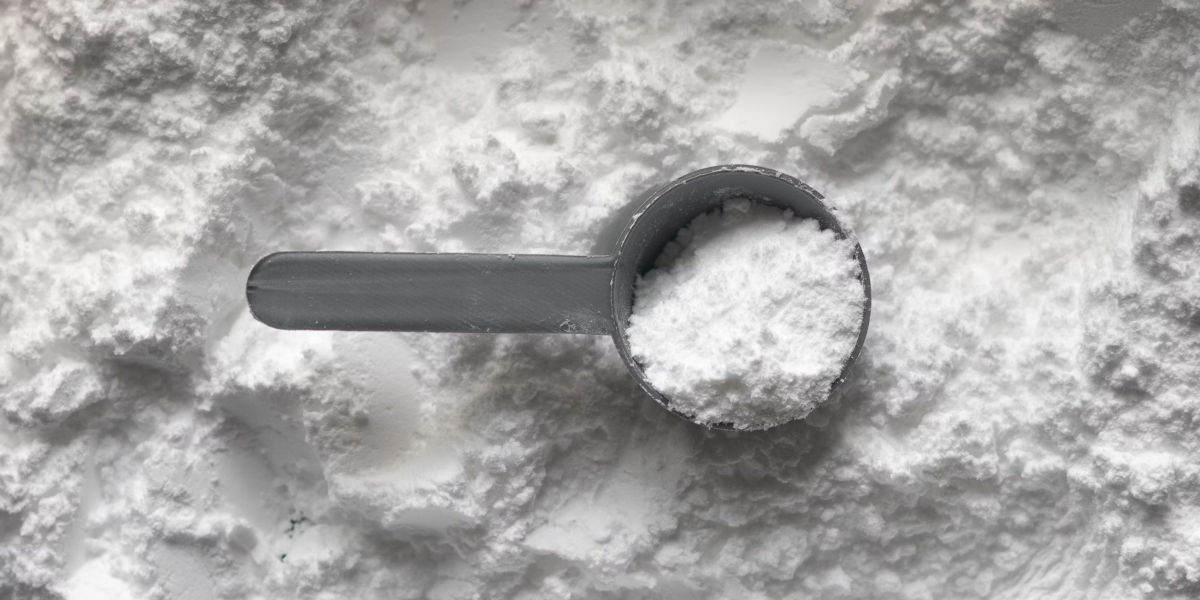Health and fitness enthusiasts have, for a long time, been in a longstanding debate: Is the creatine loading phase necessary? In the avenue of piquing interest, it's essential to unpack what creatine monohydrate stands for and its function in our bodies. Creatine Monohydrate is a popular supplement used predominantly by athletes and bodybuilders for its proven muscle building and enhancing performance properties. For anyone involved in high-intensity exercise or weight lifting, creatine monohydrate supplementation can be seen as a valuable ally. Yet, the question remains, how soon does one see the effects of creatine, and is the loading phase vital for these benefits to kick in? Let's delve into it and reveal truths about the benefits of creatine monohydrate and whether we need to load up on it or not.
The Science Behind Creatine Monohydrate
Creatine is naturally produced in our bodies, specifically in our liver, kidneys, and pancreas, from three amino acids: arginine, glycine, and methionine. It is then transported to our muscles, where it is converted into creatine phosphate which replenishes ATP, the primary source of energy in the body's cells.
However, the natural reserves of creatine in the body are relatively limited. Hence, it becomes necessary to supplement with extra creatine, especially for those performing strenuous activities. This is where the question of the creatine monohydrate loading phase comes into play.
The Creatine Loading Phase: Beneficial or Not?
There are two common approaches when it comes to supplementing with creatine: loading and maintenance. The creatine loading phase involves taking a relatively high dose of creatine for a short period (usually about a week), followed by a lower maintenance dose. This method aims to saturate the muscles with creatine quickly, leading to rapid gains in muscle size and strength.
However, not everyone agrees that the creatine loading phase is necessary. Some fitness experts argue that you can achieve the same results with a consistent low-dose regimen, which leads to less potential for side effects like stomach distress.
One thing that's clear, though, is that it may take longer to see the effects of creatine without loading. So the question of 'how long to see effects of creatine' largely depend on whether one opts to load or not. Those who choose the loading phase typically report seeing benefits in a matter of days, while those taking a lower dose may have to wait several weeks.
The Benefits of Creatine Monohydrate
Creatine Monohydrate supplementation has numerous benefits, making it a top choice for many athletes. It aids in boosting muscle size and strength, improving performance in high-intensity workouts, and speeding up muscle recovery post-workout. Additionally, it has been linked with some potential neurological benefits, such as delaying fatigue, enhancing cognition, and potentially playing a role in managing diseases like Parkinson's and Huntington's.
Due to the abundance of misinformation circling around on the internet regarding supplements and nutrition, it's essential to acknowledge that creatine monohydrate, one of the most extensively studied sports supplements around, may not be fully understood by many. Several gym enthusiasts and athletes swear by this supplement's effectiveness in boosting performance, but the question remains - Is loading necessary? And when should you expect results?
Before diving into the necessity of a loading phase and the potential timing of results, a basic understanding of this supplement is crucial. Creatine is a naturally occurring compound mostly found in our muscles. It plays a vital role in producing energy during high-intensity workouts. It is exceptionally safe and beneficial to supplement with creatine if your dietary intake from protein-rich sources like meat and fish is inadequate.
Understanding The Loading Phase
Creatine loading involves taking a high dose (usually around 20 grams per day) for 5–7 days, then following up with a lower maintenance dose (around 5 grams per day). The main reason for this practice is to saturically muscle cells with creatine, influencing greater muscle energy reserves and translating into improved performance and physique in the long run.
Creatine loading isn't necessarily harmful, but healthcare experts express some reservations. Some users may experience stomach discomfort or bloating from the sudden high dose intake during the loading phase. This, however, can be mitigated by splitting the dosage throughout the day instead of consuming it all at once.
Is Loading Really Necessary?
Is creatine loading an absolutely necessary step? Simply put, no; it isn’t. Studies have shown that taking a lower dose of creatine monohydrate daily (around 3-5 grams) will eventually give the same results over an extended period.
The loading phase merely saturates the muscles with creatine faster. In essence, you'd be looking at a difference of a week or two quicker of saturated muscle creatine levels with a loading phase, while a non-loading regimen would take slightly longer to achieve this saturation.
When Will You See Results?
The timing of creatine's results varies heavily among individuals, based on factors such as dietary creatine intake, muscle size, training volume, and training intensity. However, you can usually expect improvements in strength, power, and endurance within 1-2 weeks of consistent supplementation with an adequate diet and training.
Keep in mind - results from creatine are less about an immediate 'pump' or temporary size increase and more about longer-term improvements to your performance capabilities. To achieve optimal benefits, consistent usage of creatine, coupled with proper training and nutrition, is the key.
Conclusion
In conclusion, creatine loading isn’t inherently harmful or necessary. Instead, it’s about personal preference, comfort, and how quickly you want to see results. Ensuring you remain consistent with your consumption, whether it's a loading strategy or a daily small dose strategy, is what brings about the longer-term benefits of creatine supplementation.




